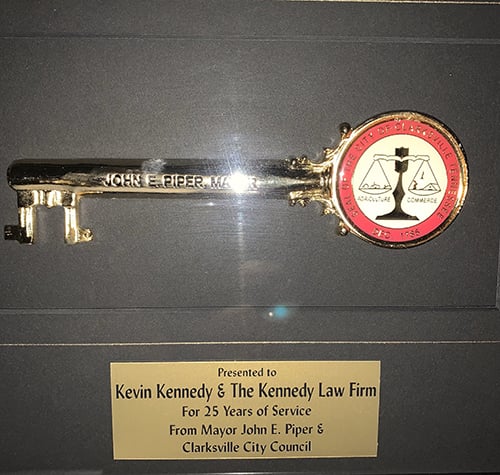Professional Rescuers
A rescuer who comes to the aid of a victim of a peril may be either an amateur or a professional, such as a firefighter or a police officer. With respect to amateur rescuers, the “rescue doctrine” may apply to allow the rescuer to recover against the creator of the victim’s peril for injuries that he sustains during the rescue. However, professional rescuers are generally unable to rely on the rescue doctrine to recover for their injuries. Instead, the “fireman’s rule” ordinarily prevents professionals from recovering without regard to the negligence of the creator of the peril.
Rationale for Firefighter’s Rule
The firefighter’s rule prevents a professional from recovering for his injuries under the rescue doctrine for several reasons. Because it is the professional’s business to save lives and prevents injury to persons and property, he already acts under a duty imposed upon him. Thus, the purpose of the rescue doctrine, which is to encourage a non-obligated person to come to a victim’s aid, does not apply to a professional. A professional is also not permitted to recover because he voluntarily assumes the risk of the dangers that result in injuries by deliberately selecting an occupation in which such hazards are inherent. In addition, professionals do not need the rescue doctrine to recover for their injuries because they are generally covered by accident insurance.
Assumption of the Risk
The doctrine of assumption of the risk is a commonly asserted ground for denying recovery to professionals for their injuries sustained during a rescue. A professional does not assume the risk on a hazard-by-hazard basis; rather, there is an assumption of risk upon commencement of the employment.
However, the firefighter’s rule bars recovery only for those injuries resulting from the normal risks of the employment. Thus, if a professional is injured due to extraordinary dangers not inherent in his work, he may rely on the rescue doctrine to recover, even if he has gone beyond the scope of his designated duties. In addition, a professional typically does not assume any increased risk caused by the creator of the peril. For example, if a homeowner fails to warn a firefighter of a known, hidden peril, the homeowner may be liable if such peril causes injury to the firefighter.
Volunteers and Off-Duty Professionals
Some courts permit volunteer firefighters to sue under the rescue doctrine for the injuries they sustain and do not apply the firefighter’s rule to them. This is so because they may not recover under any work-based accident insurance. However, the assumption of the risk defense still may apply and bar recovery because a volunteer firefighter is just as aware as a paid firefighter of the hazards inherent in the work.
An employed firefighter who responds to a fire while off-duty is generally regarded as an on-duty firefighter. Thus, the firefighter’s rule will apply to bar his recovery for injuries.
Nature of the Defendant’s Conduct
The firefighter’s rule may not bar a professional’s recovery based on certain conduct by the creator of the peril. If the creator of the peril violated a statute or ordinance that was intended to protect firefighters or police officers, the creator of the peril may be liable for the professional’s injuries arising from the violation. In addition, if the creator of the peril intentionally created the hazard to which the professional responded (e.g., an arsonist set a fire), the firefighter’s rule is usually not applied to bar the professional’s recovery for his injuries sustained during a rescue.


